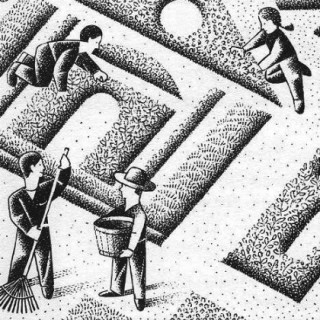Read an excerpt from this article below. You can download the full article by using the link at the end of the excerpt.
How often do you hear people today lamenting a loss of a “sense of community” or the erosion of “small town character”? Certainly, these are concerns I frequently hear in my work with cities and towns across the country. And just as surely, they reflect diverse and often hard-to-pin-down thoughts.
For many years, most local planning departments (and planning commissions) have focused on planning issues which could be said to be related to the “efficiency” of communities: managing traffic, coordinating land use planning with public facility and utility planning, and dealing with the tangible impacts of growth and development (such as storm water runoff). It is also true that much of what goes to create a sense of community occurs outside the realm of local government planning, in schools, churches, social networks, cultural institutions, and family groups.

What then can planning commissions do to foster the elusive task of true community building? I would argue that there are many local planning-related issues that we can recognize as contributing to “community building.” In fact, this is what lies at the heart of many recent trends in planning, including the “new urbanist” and “smart growth” movements.
The following are some of the areas where planning commissions can have an impact on building a “sense of community.”
1. Strong and Connected Communities
In this day and age of mobility and lengthy commutes, the role of neighborhoods has tended to diminish in importance. Compounding this has been the proliferation of isolated “pods” of subdivisions, loosely connected (at best) to each other, and to surrounding areas. However, a growing number of cities and towns are working to reverse this, by promoting development patterns where residential areas are not stand-alone enclaves. Planning for neighborhood parks and schools, accessible by foot, is one way of promoting stronger, more tightly-knit communities.
End of excerpt
… article continues with brief discussion of: 2. A Strong Town Center; 3. Pedestrian Orientation; 4. Improved Design Quality; 5. Open Space Preservation; and 6. A Range of Housing Opportunities